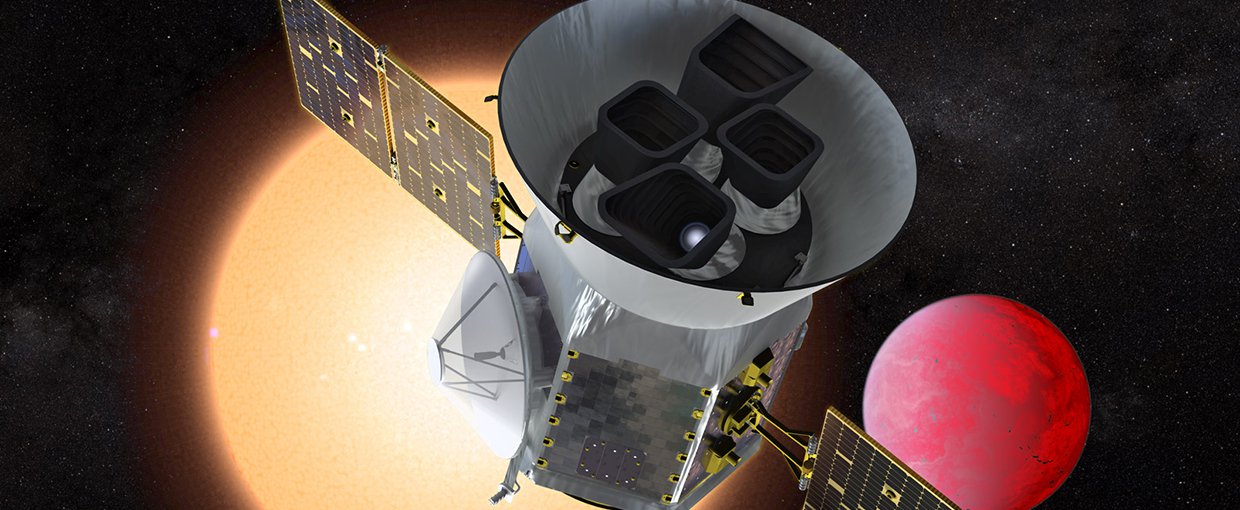
NASA’s Transiting Exoplanet Survey Satellite (TESS) is undergoing final preparations in Florida for its April 16 launch to find undiscovered worlds around nearby stars, providing targets where future studies will assess their capacity to harbor life.
“One of the biggest questions in exoplanet exploration is: If an astronomer finds a planet in a star’s habitable zone, will it be interesting from a biologist’s point of view?” said George Ricker, TESS principal investigator at the Massachusetts Institute of Technology (MIT) Kavli Institute for Astrophysics and Space Research in Cambridge, which is leading the mission. “We expect TESS will discover a number of planets whose atmospheric compositions, which hold potential clues to the presence of life, could be precisely measured by future observers.”
On March 15, the spacecraft passed a review that confirmed it was ready for launch. For final launch preparations, the spacecraft will be fueled and encapsulated within the payload fairing of its SpaceX Falcon 9 rocket.
TESS will launch from Space Launch Complex 40 at Cape Canaveral Air Force Station in Florida. With the help of a gravitational assist from the Moon, the spacecraft will settle into a 13.7-day orbit around Earth. Sixty days after launch, and following tests of its instruments, the satellite will begin its initial two-year mission.
Click here to read more.
